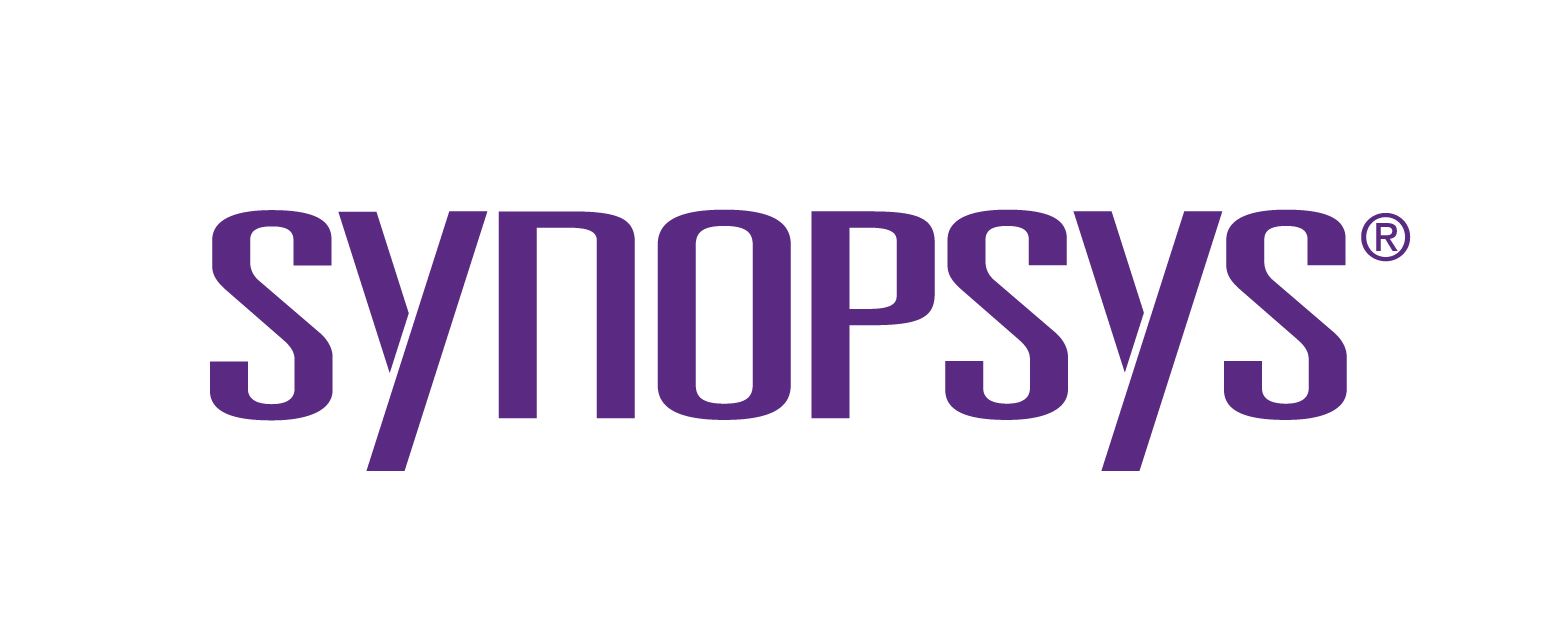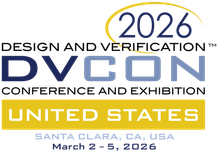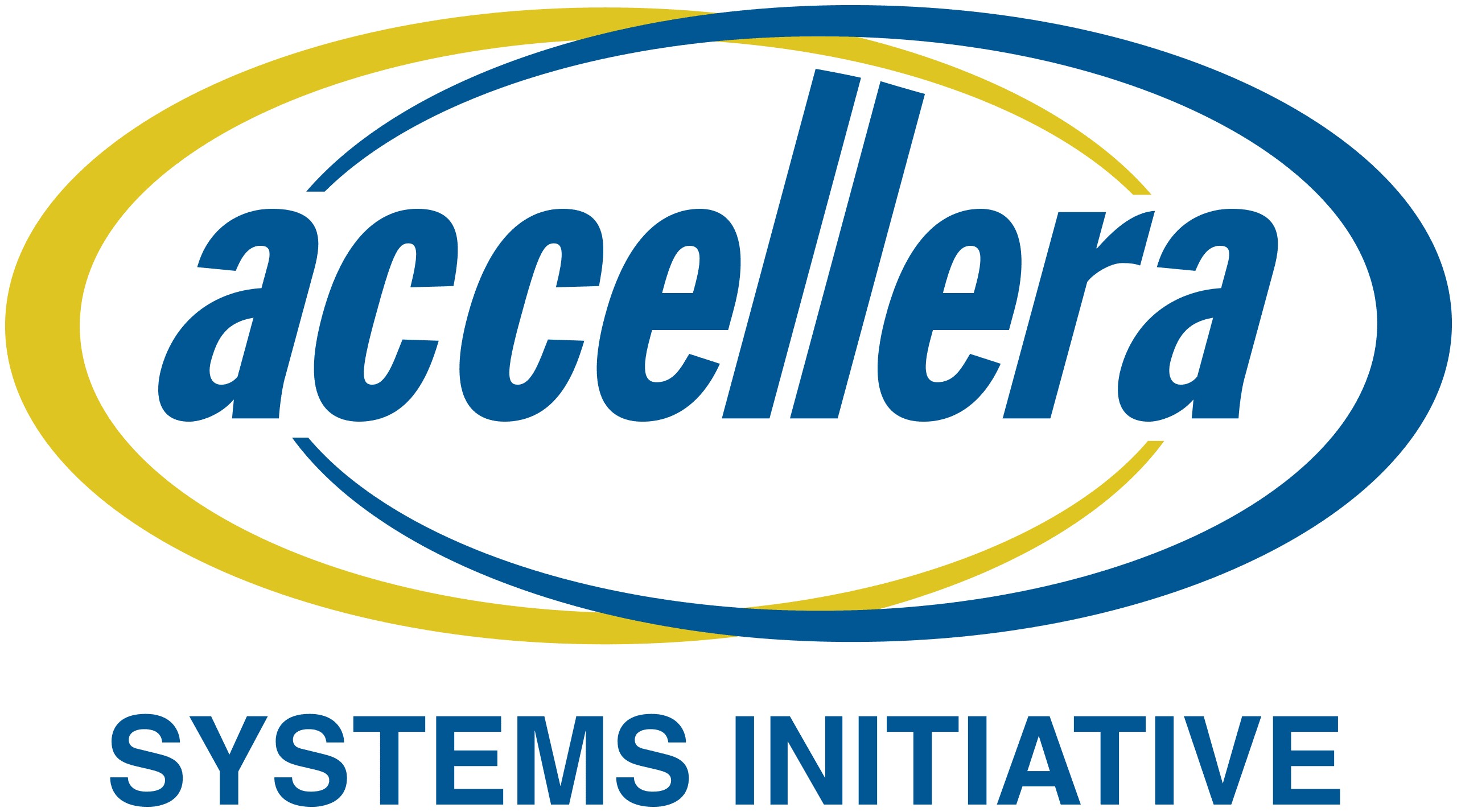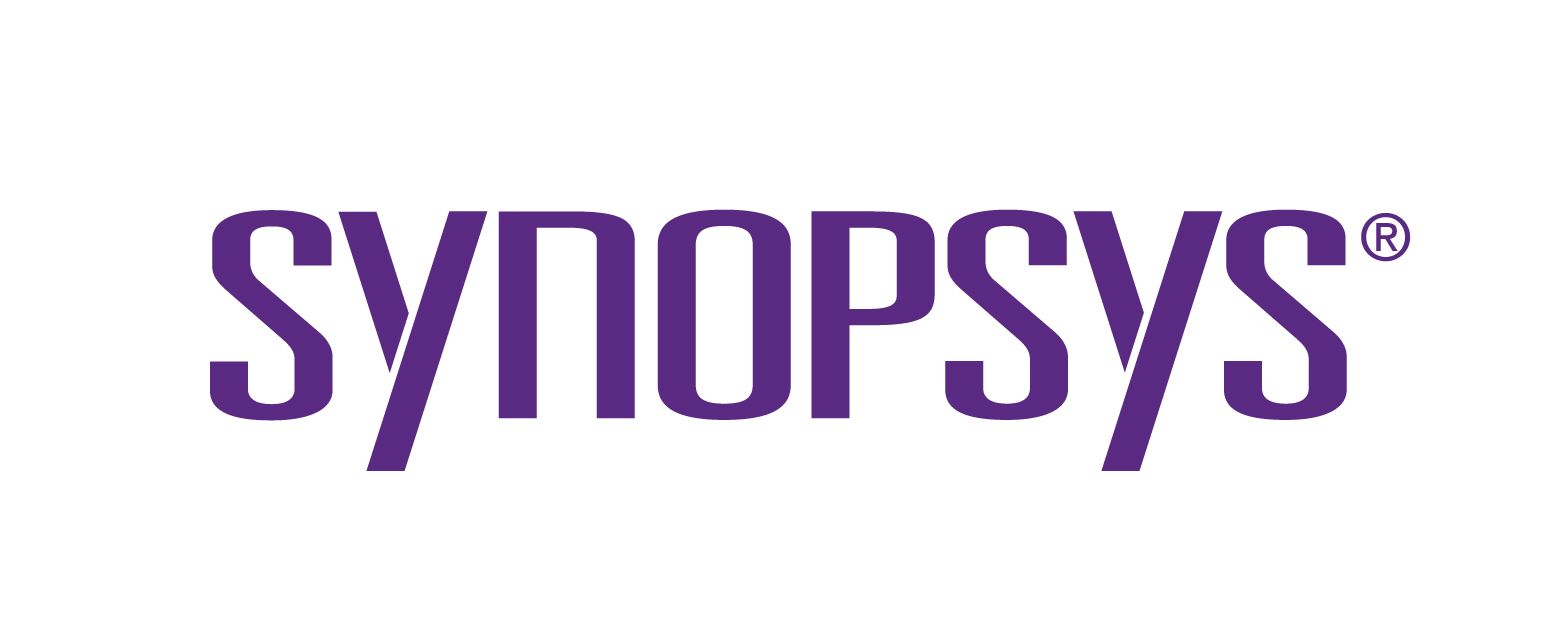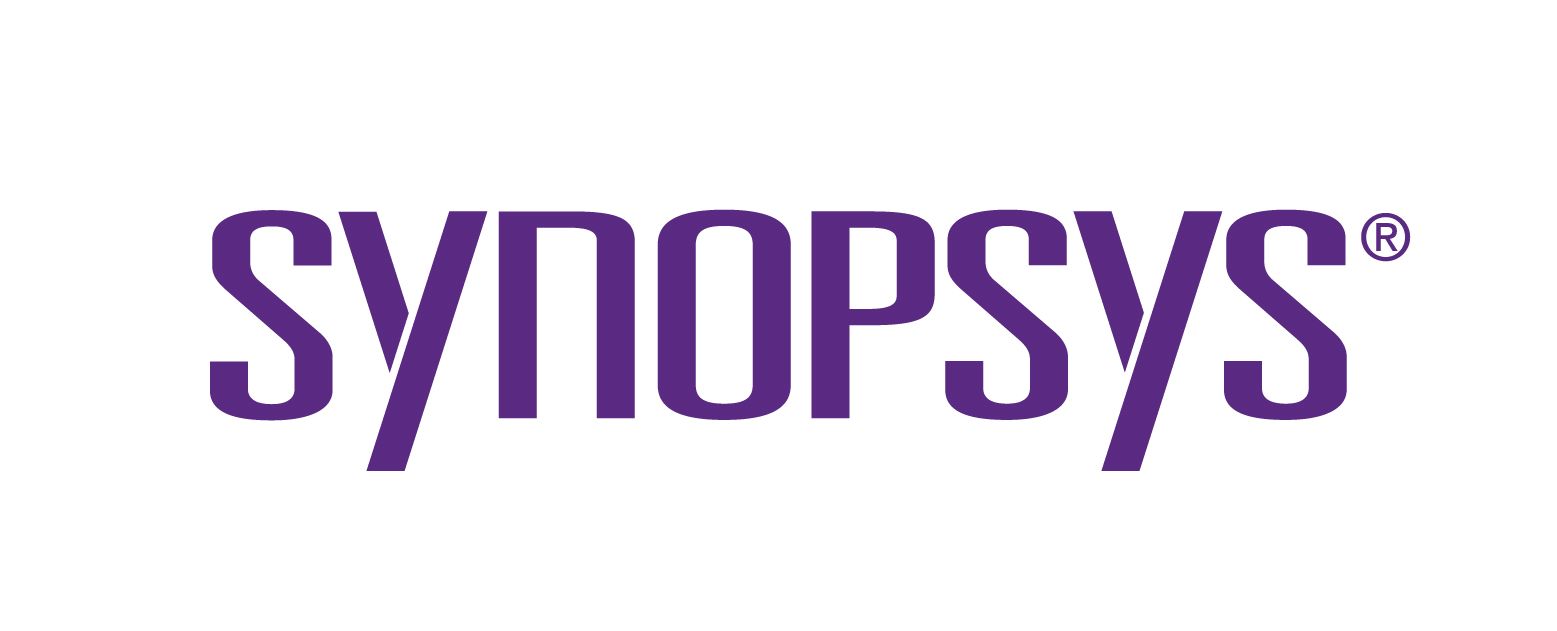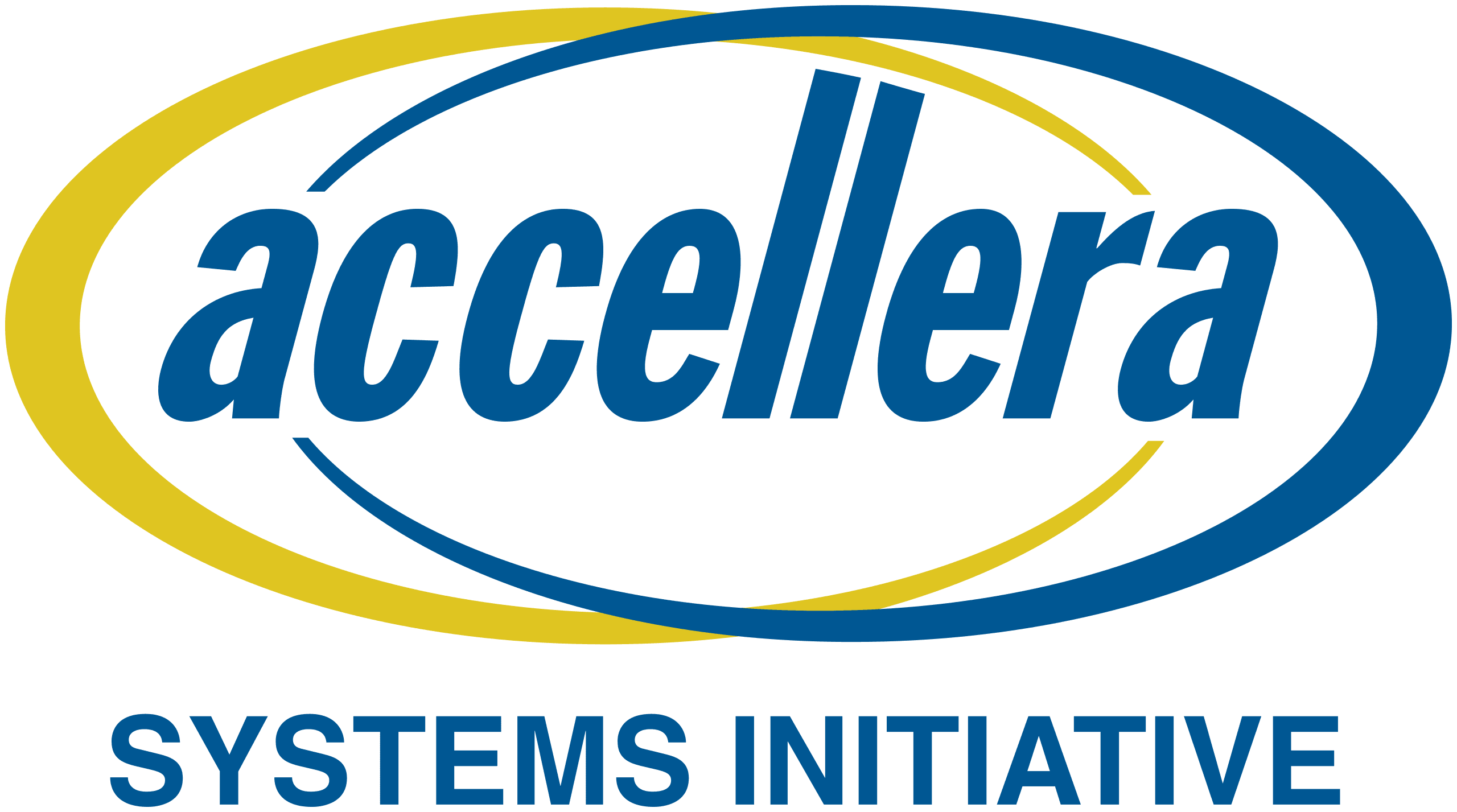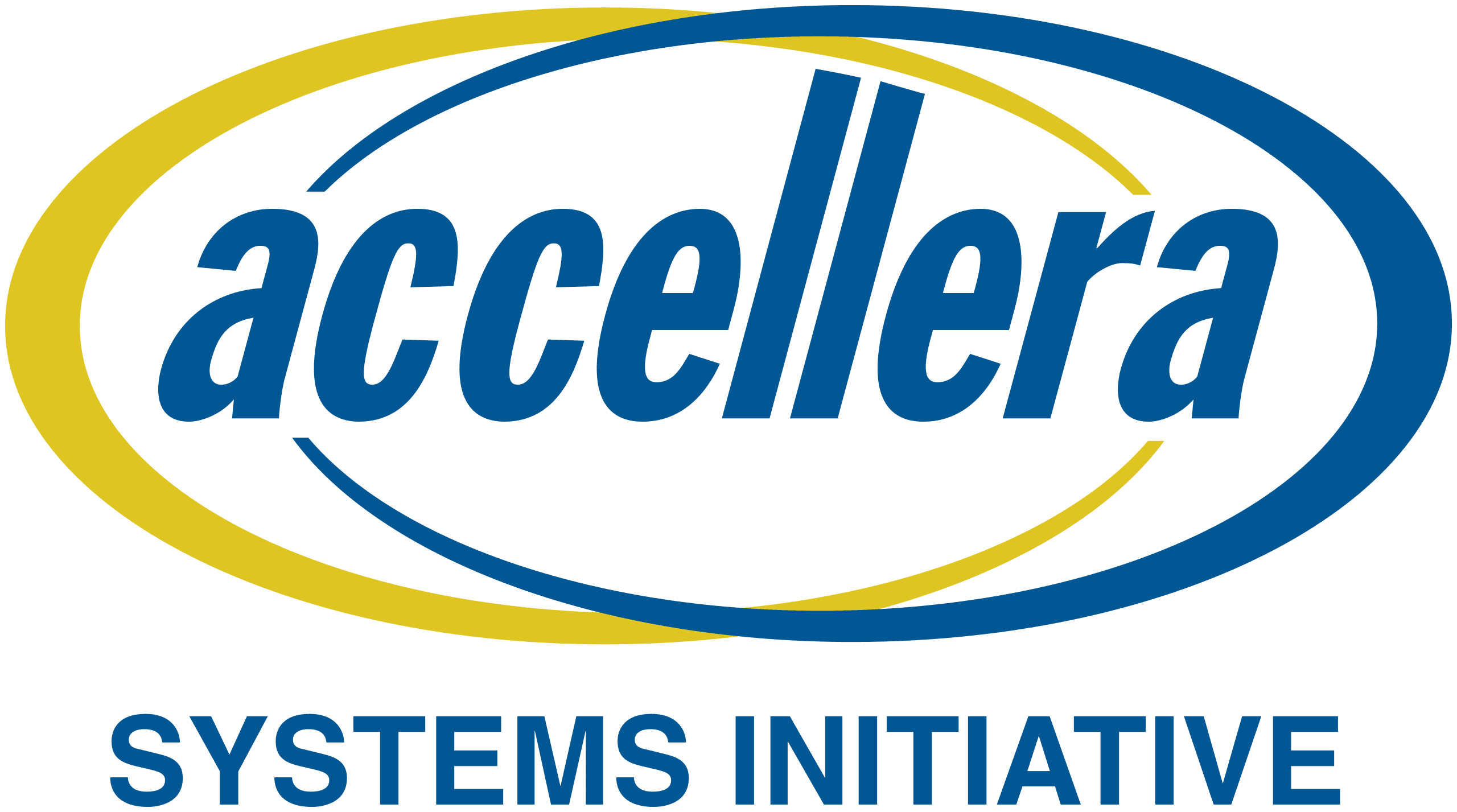System Validation - It's the Protocol Stupid
Johannes Stahl, Synopsys
Rob Parris, Synopsys
Today’s conventional wisdom is that you need the fastest and highest capacity verification engines to tackle the hardware and software complexity of complex multi-die systems. Those teams that are just thinking about these aspects are in for a rough awakening. Without a full range of protocol solutions matching the IP to their verification engines, they can spend months before they can run the 1st system validation test. Participants of this tutorial will learn what it takes to validate a protocol with state-of-the-art solutions.
In the first 90 minutes of the tutorial, we will highlight what state-of-the-art protocol solutions need to offer and how they are practically used.
In the second 90 minutes of the tutorial, we will pick selected protocol solutions and go deep into explaining what's inside. We will show practical examples that the audience will also be able to see in a live demo on the show floor.
